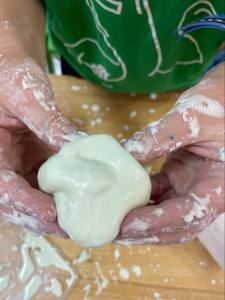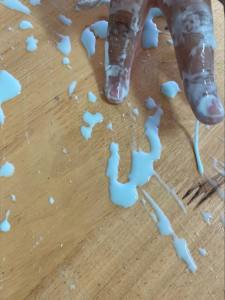Primary eNews – May 13, 2022
Services as Action “People’s Perpustakaan” free mini-lending library becomes a reality
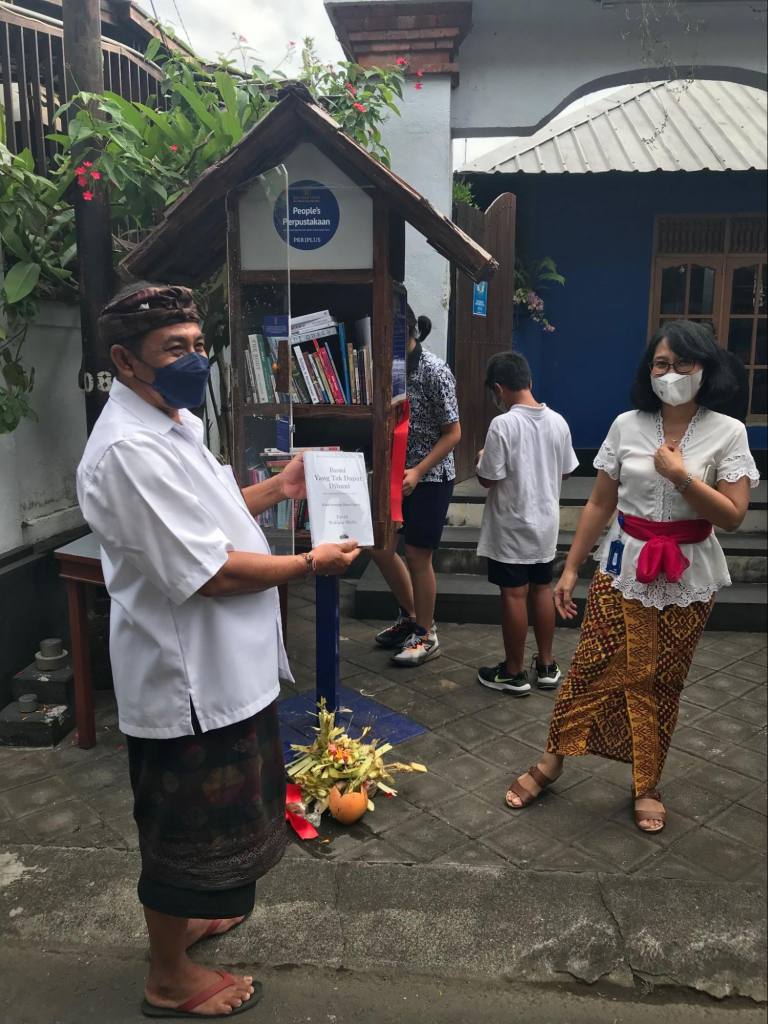
On Thursday, April 28th a nearly 9-month Services As Action project finally came to a tangible conclusion as select Grade 7, 8, 9 and 10 students’ work on the “People’s Perpustakaan” free community lending and borrowing library exclusively for our Indonesian/Balinese neighbors who live in the Sanur area and in close proximity to BIS manifested itself at our opening ceremony.
While this was not a Primary event per se, the children who immediately benefited from this were local Primary school-age students, the mini-library itself is located at the Primary school entrance. We will work to promote this project to all members of the community in the future, so awareness of this is key to all members of BIS.
Invited guests included select BIS staff who also worked on the project, members of the local Banjar and most importantly, kids who live nearby who were able to borrow new, quality books in both Bahasa Indonesia and English.
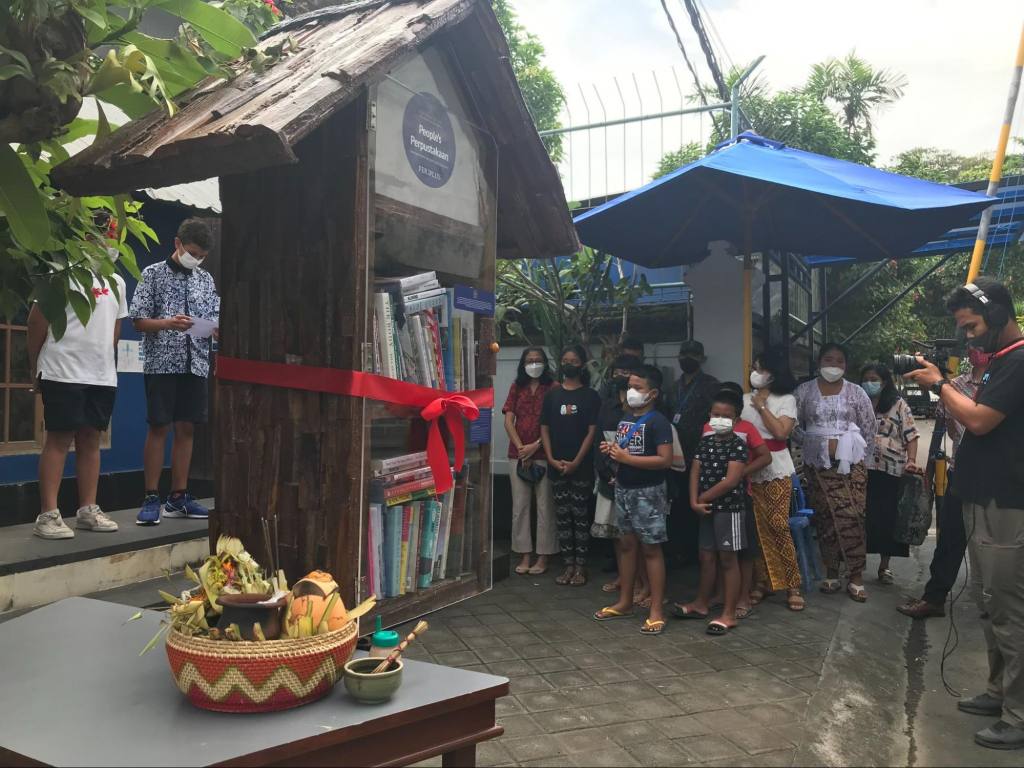
Oliver Joustra and James Eddy gave short speeches reflecting on their hopes and accomplishments for the library regarding its ability to help local kids learn and enjoy reading. Luna Hasabe gave the onlookers instructions as to how the library is intended to function and Esther Hu and KeelMorris Sudiarsana did the official ribbon cutting to open the library. Students who worked on this project but could not be there include Nina Pecquery, Leila Golding, Mischa Joustra, Ashleigh Kneipp, Alaka Baral and Dzulfikar Helmi.
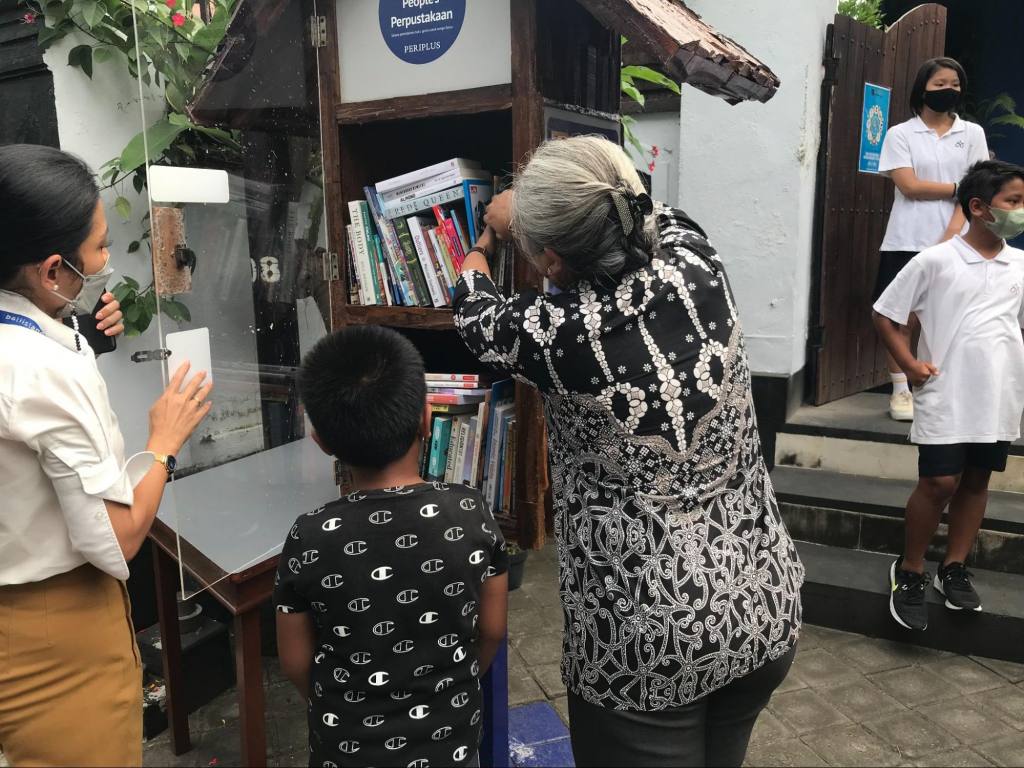
The “People’s Perpustakaan” is located at the BIS Primary school entrance and has approximately 50 books that are free to be borrowed by our local neighbors (the on-campus BIS Library remains the dedicated source for book borrowing for BIS students, parents, and staff). The mini-library collection is a wide-ranging one; there are books for adults, teens, young children, fiction, nonfiction, and bilingual.
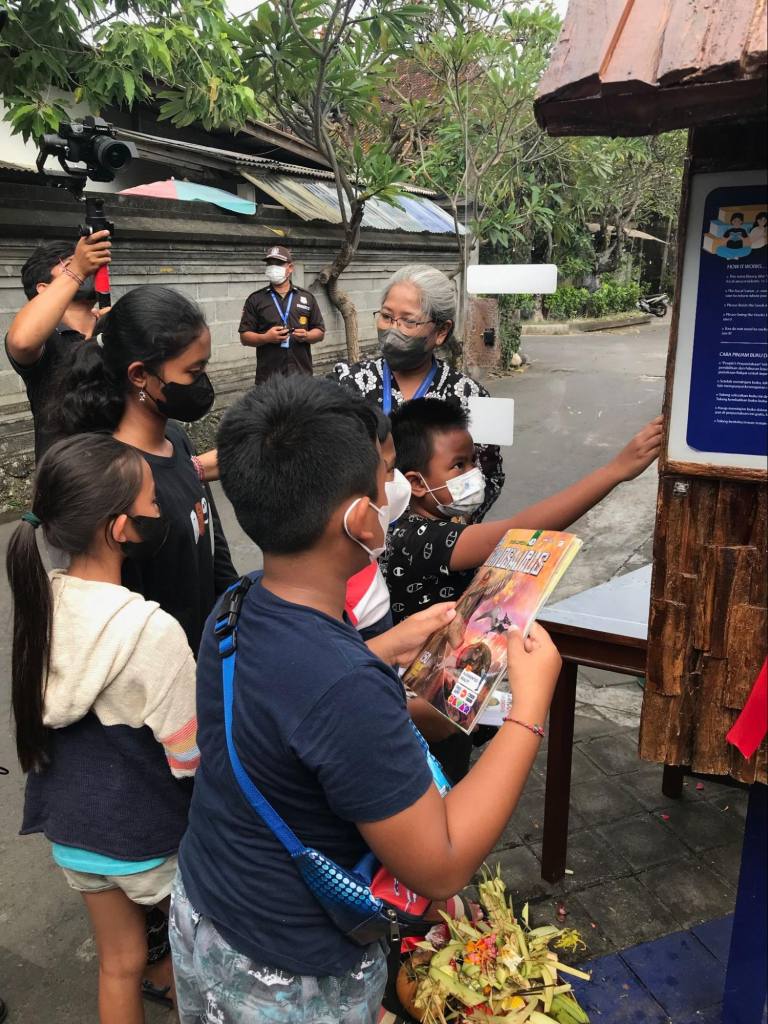
Our next focus will be to continue to promote, teach and encourage the local community to use the “People’s Perpustakaan” for their own personal and educational pursuits; the concept of a 24/7, open library that functions on a free, honor borrowing system. We are always open to assistance in this area.
School Transitions – by Jackie Wyncoll ~ Student Support
The end of a school year can be a nervous time for students. The uncertainty of moving from Primary to Secondary, moving from one grade to another, leaving one teacher for another, or moving from one school to another can leave students curious and concerned about what to expect academically, socially, and environmentally. Even if they are unable to express it, they are likely wondering – “What will my new teacher be like?”, “What are the class rules?”, “What if I can’t do the work?”, “What will the room be like?”, “What if I don’t understand what to do?”, “Will I make new friends?” “Will they like me?”.
How do we support our students?
- At BIS we have been preparing our students for their transition to the next year all year long with vertical alignment meetings between teachers to ensure that our students are prepared academically for the following years’ academics. The vertically aligned IB curriculum ensures that students will experience the learning of new skills systemically and incrementally.
- As the end of the school year approaches, teachers may be reviewing and consolidating skills learned. They will continue to receive support if needed in their next grade level. We will soon be preparing children physically for their transition to the next grade.
- Participating in graduation ceremonies will celebrate accomplishments and prepare students for the next step…Step-Up days will give our students the opportunity to visit their next classroom, and teachers to learn about the new routines, expectations, and learning experiences they have to look forward to. Our students moving from Primary to Secondary will visit their new building, check out lockers, meet teachers and talk with secondary students…all of which help them prepare and hopefully get excited for this big transition.
- Our school counselor, ibu Noortje will visit all students moving to different schools to help them prepare for their new school and find closure at BIS.
What can you do at home?

- Communicate. Whatever your child’s age, it is important to talk with them about the upcoming transition. Find special times- like bedtime- when you can be attentive to your child’s conversation and feelings. Listen for words like “nervous”, “scared”, and “excited”, and validate their emotions. Sharing some of your own experiences and similar feelings about transitions while showing support and confidence in your child will help them feel more positive and prepared for their transition.

Reach out to your child’s new teacher to introduce your child and have open communication.
- Build greater responsibilities and independence. Collaborate with your child on buying some school supplies like a backpack or lunchbox or pens, pencils and notebooks they might need. Work together to set up a new learning space at home with all the necessary supplies.
- Learning through play is a fun way for a young child to prepare for a new situation. Use dolls and stuffed animals to act out school scenarios that they may encounter in their new setting so that they can practice what to do, say and act in different situations.
- Review academic skills in fun ways- board games: Bananagrams, Boggle, Monopoly, Scattegories…or make some sightword games you can play with your child. Shop together for a summer diary or journal- encourage your child to write about their day/ special events. Visit the library visits to get new books, iPad learning apps and websites: starfall, PBSkids, abcya.com, TypingClub, storyonline, newsela
- Set up play dates with (new) classmates during the summer to keep child connected to school friends
- Carve out times to read with your child about first days, making friends, celebrating differences and being kind at school. Here are a few suggestions:

The Pigeon Has to Go to School by Mo Willems
First Day Jitters by Julie Danneberg
Little Miss Jessica Starts School by Jessica Smith
Wherever You Are, Whoever You Are by Sandra Martin
Fill a Bucket by Katherine Martin
Power of Provocation in Grade 4
“What is it?”
This question guided a simple student experiment of mixing colored water with cornstarch. As part of their inquiry into structures, materials and human ingenuity, Grade 4 is finding out about the properties of materials beginning with “what is it?”: a look into states of matter.
So, what is it, the substance you get when you mix cornstarch and water?
Some students believe it to be solid.
Others suggest it is a liquid.
Yet another group questions, “Could it be both liquid and solid?”
The classroom was buzzing with discussion, questions, discoveries, connections and wonderings as students theorised and tested to find out more. “What is it?” provoked curiosity and a need to find out more. A great springboard to inquiry!
Where we are at…
Given the three common states of matter: solid, liquid, gas. Students did a chalk walk talk establishing their prior knowledge, and highlighting their common understandings. Here are some of our observations of the behavior of matter.
- Liquids flow
- Some things change when we add heat
- When lava dries it is solid, a rock
- Air is gas
- Helium and oxygen are gases
- Is liquid nitrogen a liquid? It is very cold.
- Solids can melt like sugar and ice
- You can’t pick up liquids, only in containers.
- The liquid is soft, you can’t bust through it
- Maybe a cloud is a gas?
- Some solids are hard, but not all. What about custard and toothpaste?

With some research, we have built on this to conclude:
- Solids have shape and volume
- Liquids have volume but are in the shape of the container that holds them. They change shape by flowing.
- Gases have no definite volume or shape but can fill up a container.
So, “What is it?”…Hmmmm!!! Our cornstarch is definitely NOT a gas. It looks to be a SOLID floating in LIQUID. Through further experiments and research, Grade 4 will see what they learn. What a rich environment filled with discussion and curiosity!


